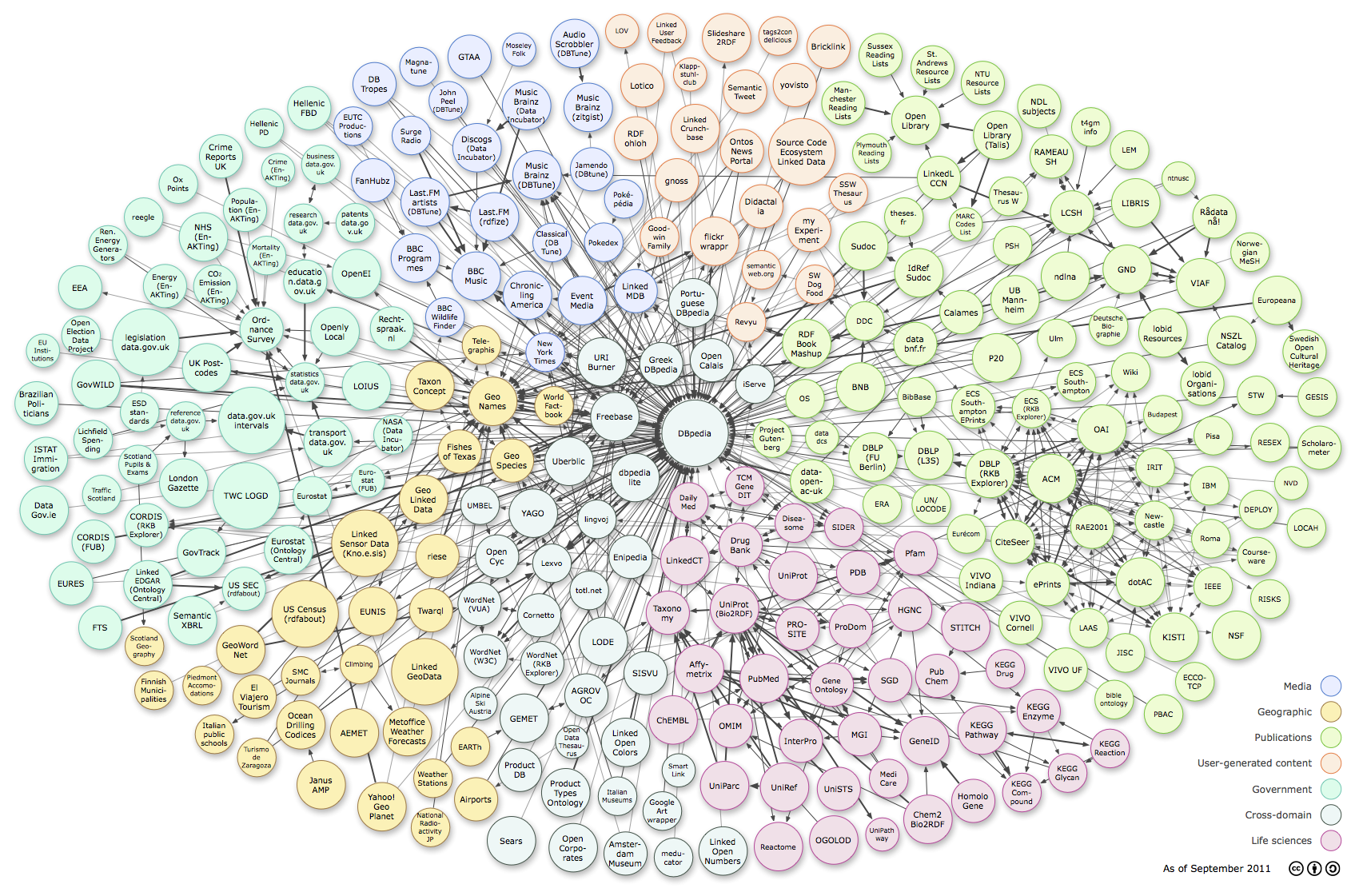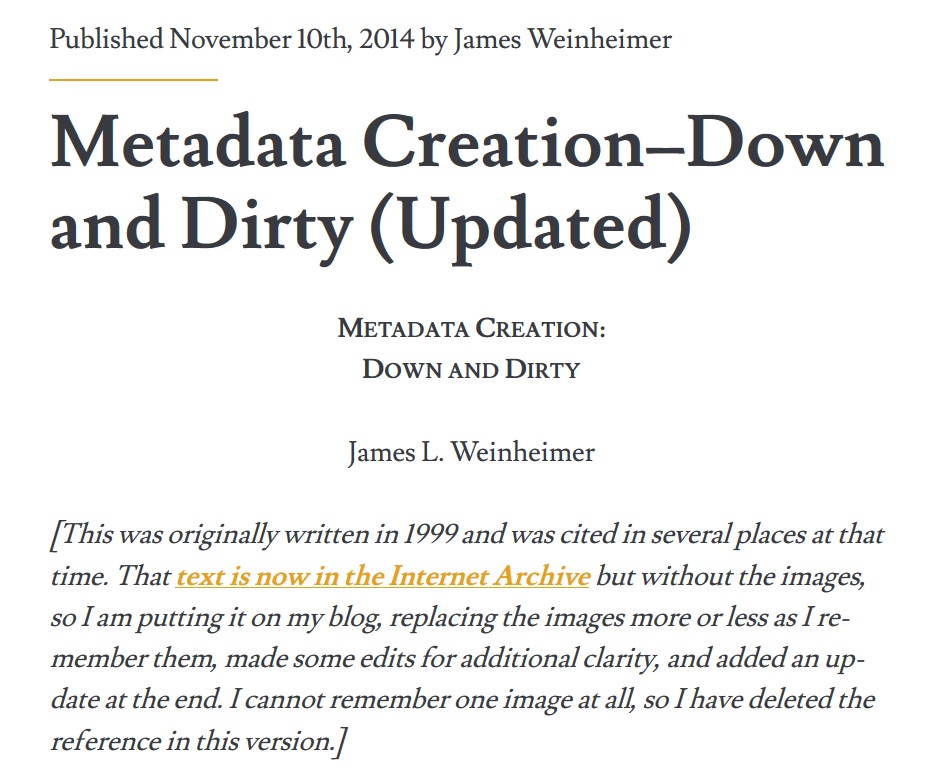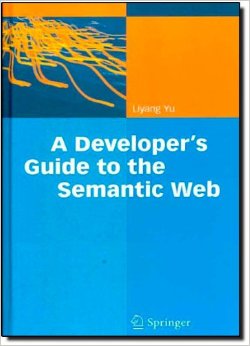ESWC 2016, the Semantic Web returns to the international chessboard
Next year, one of the most important international conferences about Semantic Web, the ESWC 2016, will take place in Anissaras, Crete, Greece, from May 29th to June 2nd, 2016.
ESWC (Extended Semantic Web Conference), formerly known as the European Semantic Web Conference, is a yearly international academic conference on the topic of the Semantic Web. This conference series started its life as the European Semantic Web Symposium (ESWS), which was held in Heraklion, Greece in May of 2004.
The goal of the event is "to bring together researchers and practitioners dealing with different aspects of semantics on the Web". To achieve this goal, organizers always put particular emphasis on inter-disciplinary of topics and research, including but not limited to: Artificial Intelligence, Natural Language Processing, Database and Information Systems, Information Retrieval, Machine Learning Multimedia, Distributed Systems, Social Networks, Web Engineering, and Web Science.
As a reflection of this inter-disciplinarity, ESWC 2016 includes twelve Main Research Tracksof a great subject range:
- Vocabularies, Schemas, Ontologies
- Reasoning
- Linked Data
- Social Web and Web Science
- Semantic Data Management, Big data, Scalability
- Natural Language Processing and Information Retrieval
- Machine Learning
- Mobile Web, Sensors and Semantic Streams
- Services, APIs, Processes and Cloud Computing
- In-use & Industrial Track
- Trust and Privacy
- Smart Cities, Urban and Geospatial Data
Special mention to the PhD Symposium Call, a forum where PhD students can present its work on Semantic Web, share them with peers and experienced researchers, and obtain feedback and learn from each other’s experiences. An excellent initiative to promote the PhD students’ research.
Enjoy it!
Andreu Sulé
University of Barcelona


 Hello,
Hello,
